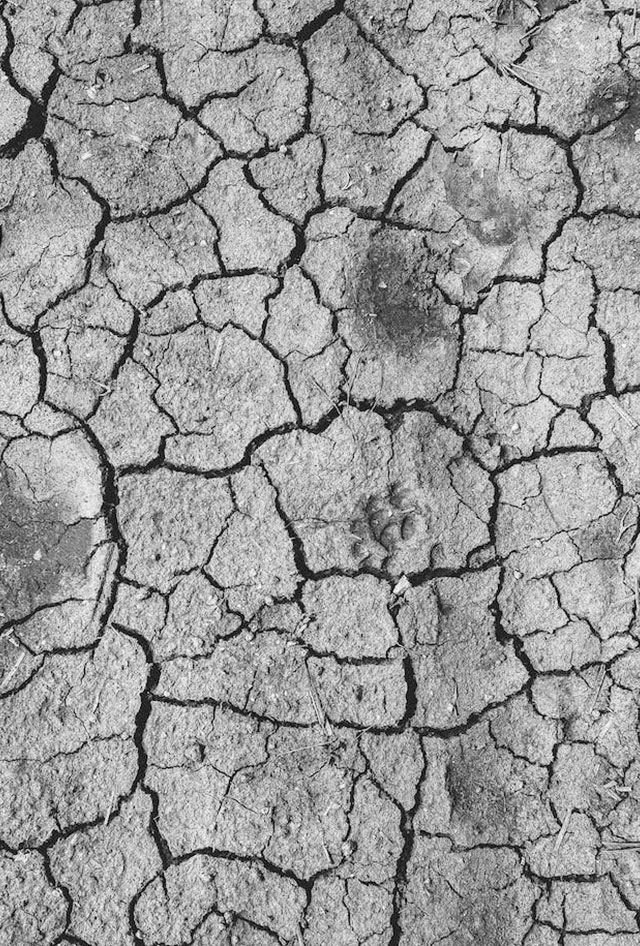Catastrophe Modeling for Reinsurers: Predicting and Preparing for the Worst
In the world of risk, few entities walk a tightrope than reinsurers. They shoulder the burdens of insurers when disaster strikes, acting as a financial buffer against nature’s fury and man-made mayhem. But how do they prepare for the unpreparable? Enter catastrophe modeling – the crystal ball of the reinsurance industry.
Modeling the Monstrous:
Catastrophe models are sophisticated computer programs that simulate the potential impact of natural disasters like hurricanes, earthquakes, and floods. These models, built on historical data, weather patterns, and geographical intricacies, paint a picture of the devastation a catastrophe could wreak on insured assets. They estimate the probability of a disaster occurring, its intensity, and the resulting financial losses.
Risk Assessment:
Imagine a reinsurer considering covering a coastal town against hurricane risk. Without catastrophe modeling, they’d be flying blind. The model, factoring in the town’s location, building types, and historical hurricane activity, gives them a crucial risk assessment. It tells them how likely a hurricane is to hit, how severe it might be, and ultimately, how much they could lose if they take on the risk.
Pricing Power:
Equipped with this vital information, the reinsurer can set an informed price for their reinsurance services. They’re not playing guesswork – they’re basing their premiums on the actual potential cost of the disaster. This ensures they can cover potential losses while maintaining profitability.
Reserving for Rainy Days:
Catastrophe models inform not just pricing but also reserving. Reinsurers need to set aside enough capital to meet future claims in case of disaster. The model’s loss estimates guide them in building adequate reserves, ensuring they have the financial muscle to stand strong when catastrophe strikes.
Beyond the Model:
While catastrophe models are invaluable tools, it’s crucial to remember they’re not magic spells. They rely on historical data, and unexpected events can always shake things up. Reinsurers must combine model outputs with expert judgment, constantly monitor evolving risks, and stay nimble in the face of uncertainty.
The Future of Forecasting:
The evolution of catastrophe modeling is a continuous race against nature’s ever-changing patterns. Incorporating climate change models, real-time data feeds, and artificial intelligence are just some of the ways the industry is pushing the boundaries of predictive power.
Catastrophe modeling may not banish the unknown, but it equips reinsurers with the knowledge and resilience to face it. By predicting the worst, they can be prepared for anything, safeguarding their own solvency and ensuring the financial stability of the insurance industry in the face of inevitable catastrophes.













